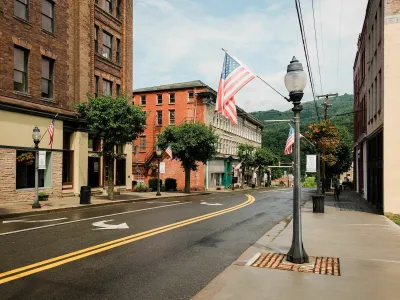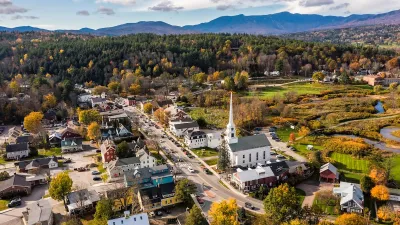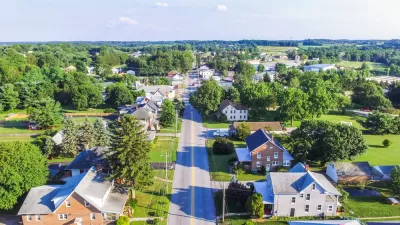Allowing federal employees to work from home can deepen government agencies’ understanding of communities’ needs and create economic opportunities for local residents.

In a commentary in the Daily Yonder, Christopher Chavis argues that remote work, contrary to the beliefs of some political leaders, makes for a stronger, more knowledgeable, and more skillful federal workforce and benefits rural communities.
In Chavis’ view, remote work decentralizes power and empowers rural communities by opening up federal roles to more people. “Remote work made it possible for individuals in rural areas to take on roles previously limited to urban centers, thus giving them greater influence within the federal bureaucracy.”
Remote work and technology have, says Chavis, also boosted collaboration. “A person in Claremont, New Hampshire, can work in real-time with someone in Claremont, California. This means that people from both urban and rural communities can collaborate seamlessly, bringing diverse perspectives to the table.”
These benefits come in addition to more tangible effects such as higher incomes and access to job opportunities for young people who want to stay in their rural communities.
Most importantly, Chavis writes that remote work allows federal workers to remain in touch with their communities and ensure fairness when it comes to grant reviews and other bureaucratic processes.
FULL STORY: Commentary: Remote Work Empowers Rural Workforce and Strengthens Federal Government

Trump Administration Could Effectively End Housing Voucher Program
Federal officials are eyeing major cuts to the Section 8 program that helps millions of low-income households pay rent.

Planetizen Federal Action Tracker
A weekly monitor of how Trump’s orders and actions are impacting planners and planning in America.

Ken Jennings Launches Transit Web Series
The Jeopardy champ wants you to ride public transit.

Crime Continues to Drop on Philly, San Francisco Transit Systems
SEPTA and BART both saw significant declines in violent crime in the first quarter of 2025.

How South LA Green Spaces Power Community Health and Hope
Green spaces like South L.A. Wetlands Park are helping South Los Angeles residents promote healthy lifestyles, build community, and advocate for improvements that reflect local needs in historically underserved neighborhoods.

Sacramento Plans ‘Quick-Build’ Road Safety Projects
The city wants to accelerate small-scale safety improvements that use low-cost equipment to make an impact at dangerous intersections.
Urban Design for Planners 1: Software Tools
This six-course series explores essential urban design concepts using open source software and equips planners with the tools they need to participate fully in the urban design process.
Planning for Universal Design
Learn the tools for implementing Universal Design in planning regulations.
Heyer Gruel & Associates PA
Ada County Highway District
Institute for Housing and Urban Development Studies (IHS)
City of Grandview
Harvard GSD Executive Education
Toledo-Lucas County Plan Commissions
Salt Lake City
NYU Wagner Graduate School of Public Service





























